A Love Letter to the 4 Hour Strategy Meeting
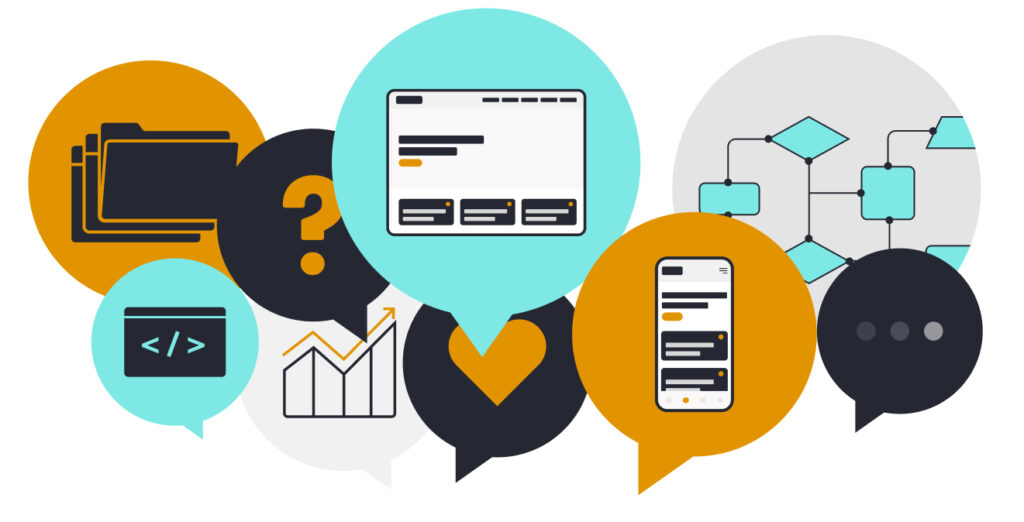
You Read That Right
I know that title reads like clickbait, but I mean it. We’ve recently learned to love a marathon strategy session at the beginning of a project, and I’ll get into why, but first some context. For most of my career working in strategy, I advocate for breaking up the strategy sessions to keep from wearing out our clients and our strategy team. I remember in my career being in a strategy session that went on for hours and it was a fresh hell, like nothing I had experienced before. The conversation was meandering; the tone waffled from disorganization to confusing to occasionally combative. We all went into it expecting to leave the room with a solid picture of what the product was going to be and we barely even made it through the account creation process. So what happened to make me change my mind?
Sometimes You Only Get One Shot
As the scale, complexity, and features of websites and digital products continually grow, the amount of people within an organization who have a stake in them increases. We went from talking to owner-operators or single-person marketing teams to large-scale teams with directors, managers, and VPs. Everyone comes to the project with their own motivations, goals, and perspectives. In previous blog posts, we’ve talked about how refocusing the conversation around the user can help galvanize a diverse team. The tricky part is getting everyone together to weigh in. There’s never a time during a product build when people are more excited and energized than right at the beginning when the conversation is fresh, and no one will be distracted by the inevitable challenges that arise during a site build. As the project develops, content, functionality, and timeline issues occur, but in the first meeting, there’s nothing but potential in front of you and your clients. These early meetings are crucial for establishing a plan for the project and the tone of how the project proceeds. We believe that getting all stakeholders together at this point and establishing a collaborative and fun environment is a great way to set the tone for the rest of the project. The question is, how do you make a 4-hour meeting fun?
Bring Food!
I know this seems extraneous, but we really mean it. We bring snacks to almost every meeting, and when we do one of these marathon kickoffs, we bring lunch. A new study conducted at the University of Minnesota found that sharing meals enhances moods and improves feelings of connectedness. It makes sense, right? How often does the original lead for a project happen during a client lunch? Why not keep that feeling of connection going into the initial strategy sessions? If you can, do a little digging and find out what their team likes; if not, come up with something that expresses something about your business. Make it something of a branded experience. You’re about to spend hours of time with each other, and sharing food before you get started is a great way to break the ice and foster a sense of community between you and your clients. It immediately turns it from feeling like you’re “performing” for a client to feeling like you are workshopping together.
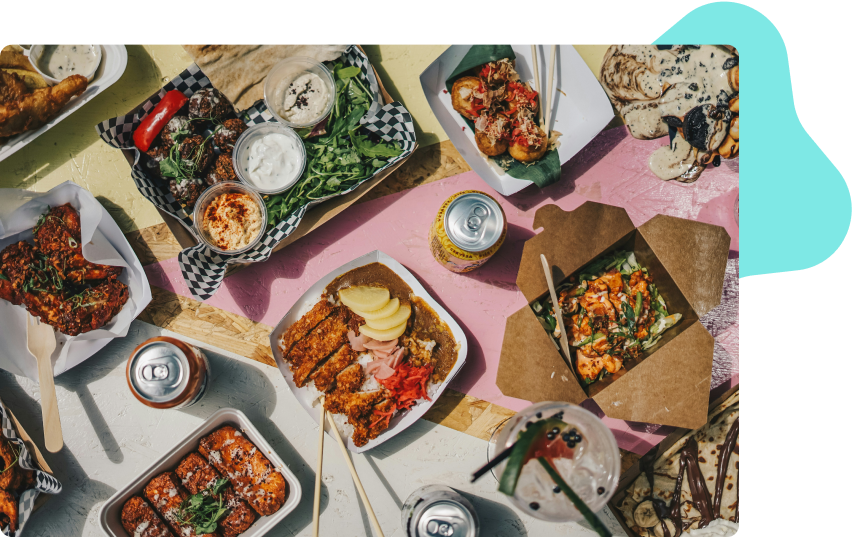
Get As Much Done as Possible
You really need to keep a meeting like this moving, or it will feel like a slog.That’s going to rely a lot on the energy level you bring to it and how many activities you accomplish. Break things up into 30 – 45 minute segments and stick to your schedule. In reality, you’re not going to walk away from a meeting like this with a complete sitemap or a finalized navigation, but what you can do is begin the process on all of them. You can help your clients understand the size of each part of the project and how equally important each project phase is. This helps to combat the issue we all know of focusing too much time during the project on the thing that’s most interesting to the client. Sometimes, that’s design, and your design budget explodes; sometimes, it’s some new functionality that they’re excited about. Introducing all aspects of a project and setting expectations early helps clients understand that they may have blind spots in where they think they’ll be spending their time. We have a strategy marathon structure that covers all aspects of a project without making it feel like you’re ticking items off a list. The easiest way to do this is through activities focusing on what your client likely cares most about: their customers.
Make It Interactive
When we go into a marathon kickoff, we have a few things we like to walk away with;
- General design taste
- What they like and dislike about their current system
- Who their users are and what are their primary goals and roadblocks
- What they like and dislike about their competition
- Important site functionality
- General expectations around content
If we were to sit down and ask them a series of questions to gather that information, we’d likely spend too much time on one subject, people would become bored, everyone would lose focus, and we’d all leave feeling exhausted and like we hadn’t accomplished anything. So, we build activities around these answers that are interactive and fun and allow our clients to talk about the things they want to talk about.
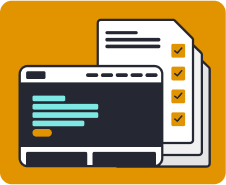
We begin with a heuristic review of their site, framing it around Neilson Norman Groups’ 10 usability heuristics. The points we mention are usually the reasons they’re looking to rebuild, so they’re very eager to talk about it, but the review format begins to focus the conversation around the user.
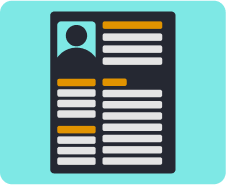
We create user personas, which solidify their users in the client’s mind. Clients really enjoy this section, as it’s very interactive. We keep it light-hearted and really try to tell stories that make the users compelling.
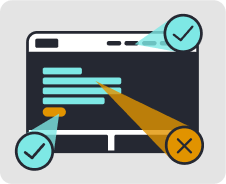
We rate their competition on a Likert scale for things like usability, design, and branding. This is usually fun because it lets clients do a little competition roasting and helps us understand what they like and don’t like visually.

We talk about content. After talking about users so much, we start to feel cohesion about creating and arranging content to best serve them. This also gives us the opportunity to discuss any functionality specifics that should be addressed at the beginning of the project.
Remove Assumptions
Finally, it’s best for your team to go into this meeting with a checklist of assumptions that you’re going to kill. At Mile6, removing assumptions is one of our primary goals. Early in a project, there are always tons of them, and you really should remove as many as you can during strategy. So make a list and check them off as you go. Like we said at the beginning, this initial kickoff meeting is probably the most focused and full of energy everyone is going to be for the project, so it’s the best time to get as many assumptions eliminated as possible but continually check back in with your list as the project progresses.
Walking Away
I’m not going to say that you’re going to leave a meeting like this fresh as a daisy. Everyone is going to feel like they’ve done something significant. They’re going to feel accomplished. It’s a similar feeling to finishing an actual marathon, serving a multi-course meal you spent hours making or finishing 18 holes on the golf course. It’s an excellent note to set at the beginning of a project. These kinds of projects ARE DIFFICULT, but the work makes the satisfaction that much sweeter months later on launch day.
